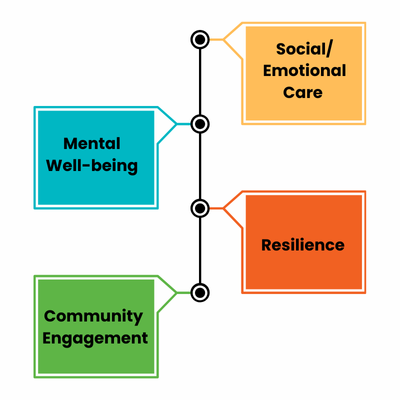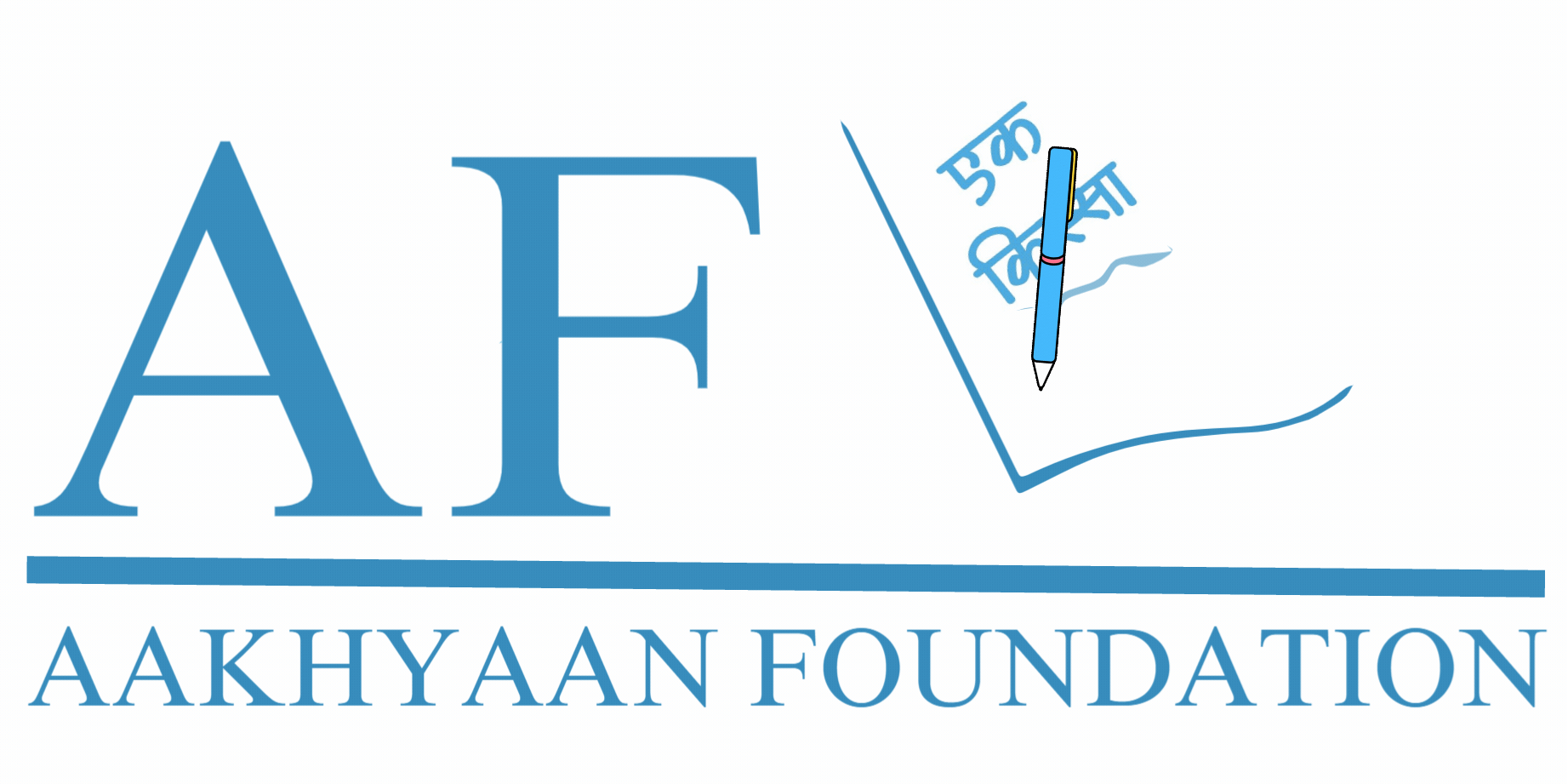
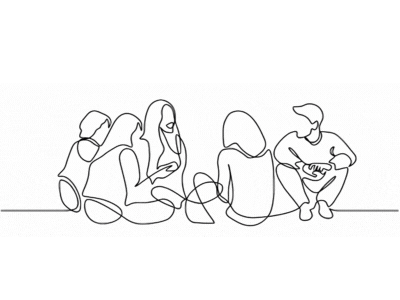
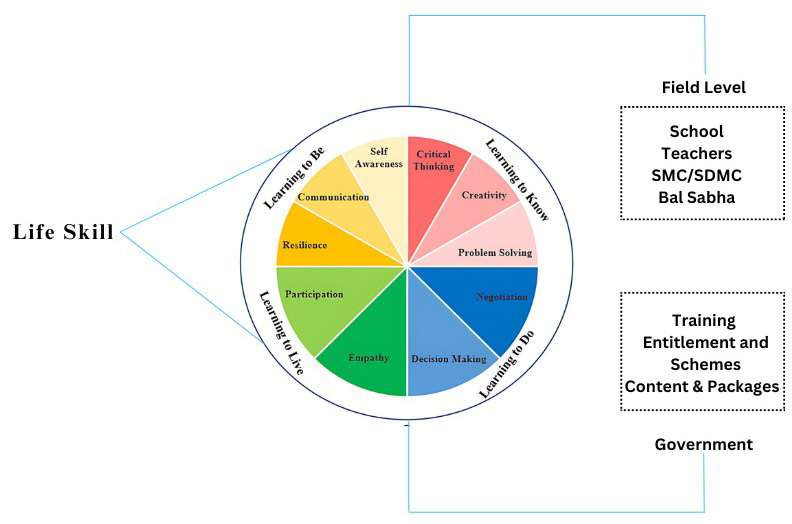
The world’s population is living longer and aging more rapidly, presenting one of the greatest social challenges of the 21st century. While India currently has the largest youth population, it is also experiencing a swift increase in its elderly demographic. The number of individuals aged 60 and above, currently at 153 million, is projected to soar to 347 million by 2050. This demographic shift represents more than just a statistic; it signifies a profound societal transformation with extensive and far-reaching implications.
Aging is a multifaceted and complex issue. The United Nations Decade of Healthy Ageing (2021-2030) acknowledges that aging impacts not only health systems but also labor and financial markets, social protection, and education, among other areas. Researchers are increasingly focusing on healthy aging beyond conditions like dementia and cognitive decline. While studies explore general health, family history, and psychosocial aspects, there is a critical need for improved, targeted, and community-based integrated care approaches. These approaches should be designed around the needs of older adults and include effective coordination and long term care systems.
Although the Government of India’s National Policy on Older Persons (1999), the Maintenance and Welfare of Parents and Senior Citizens Act (2007), and the National Policy for Senior Citizens (2011) establish a legal framework to support the needs of seniors, additional measures are also in place. The National Programme for Health Care of Elderly and Health and Wellness Centres under the Ayushman Bharat programme offer dedicated healthcare services for the elderly at primary health care settings.
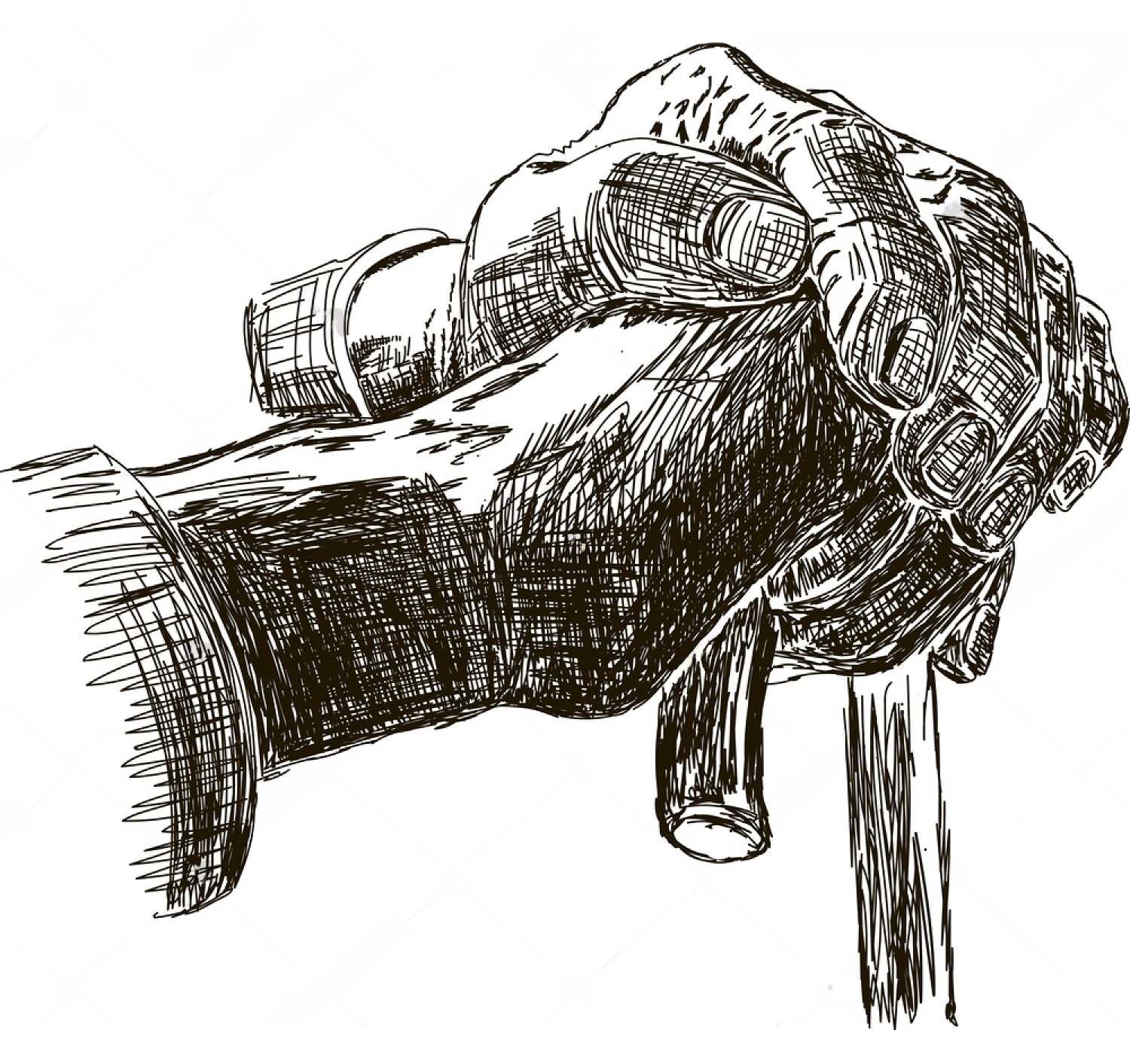
The organization focuses on enhancing participation and amplifying voices in the areas of health and social care to promote mental well-being. We work to connect individuals with government schemes and provide advocacy and awareness on rights and policies affecting older adults. Our role is to act as a bridge between the community and the government, improving transparency, engagement, and the quality of programs and policies.
